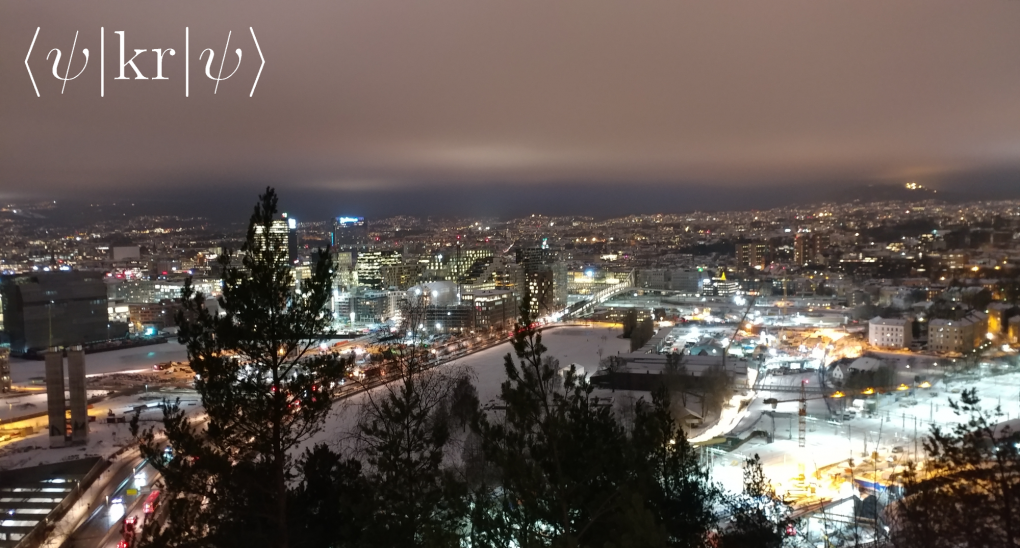
When discussing recent RMP Machine learning and the physical sciences, some colleagues voiced a critical opinion which can be summarized in the following statement: “This does not provide us with understanding“. To unfold, there is no way to categorize and create a “theory”: ML devices are not scientists and they are not able to do something which up to now is considered as a part of theory-building activity.
It is indeed a legitimate opinion but it pulls everything to the bottom of the philosophical depth (and rings many bells, a-la “Can machines think?” -> “Can machine categorize and build theories?”). It is better to bounce from the bottom, return to the surface, and stay afloat there, pragmatic and doer-like oriented. The situation (in a broader context) is described by Susskinds: “…With this has come a third technology-related bias that we call the ‘AI fallacy’. This is the mistaken supposition that the only way to develop systems that perform tasks at the level of experts or higher is to replicate the thinking processes of human specialists. This anthropocentric view of ‘intelligent’ systems is limiting. It emboldens both professionals and commentators, for example, to leap from the observation that computers cannot ‘think’ to the unwarranted conclusion that systems cannot undertake tasks at a higher standard than human beings. As we show in this book, however, systems of today are increasingly out-performing human exerts, not by copying high-performing people but by exploring the distinctive capabilities of new technologies, such as massive data-storage capacity and brute-force processing“.
With neuronal networks we are able to grasp many-body quantum states which are more complex then matrix-product states (by using equal computational resources). But different from the case of MPS and PEPS states, we do not have theories – in the canonical sense – for these NN states (otherwise we would not need the ANNs). But here the ignorance is a bliss: We can profit from NNs by reaching much more states than before — for the same price, in terms of computational or technological cost. But we need to make an effort and accept the fact that a neuronal network, which encodes some many-body quantum state, is a theory of this state.
